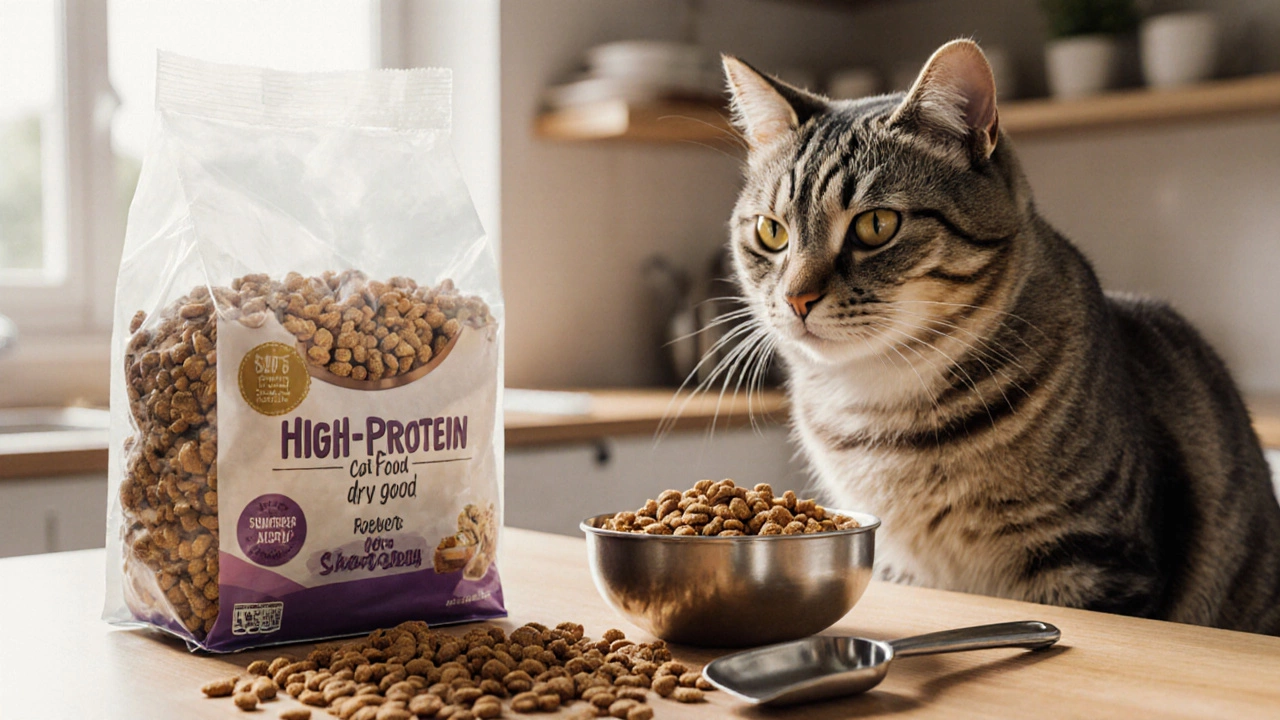Cat Diet: What Every Cat Owner Should Know
When working with Cat Diet, the collection of foods and feeding practices that keep a feline healthy, energetic, and happy. Also known as feline nutrition, it covers everything from protein sources to moisture levels, and it shapes a cat's overall well‑being.
One of the most common questions owners ask is whether Tuna for Cats, a protein‑rich fish treat that many cats adore can become a regular part of the diet. The answer is nuanced: tuna offers high‑quality protein and omega‑3s, but feeding it daily can lead to nutritional imbalances and mercury buildup. Pairing occasional tuna with a complete, balanced base diet avoids those risks while still giving your cat that “fish‑fever” excitement.
Key Topics Covered
Another hot‑topic debate revolves around Dry vs Wet Cat Food, the two main formats that differ in moisture content, texture, and calorie density. Dry kibble is convenient and helps with dental health, but it often lacks sufficient water, which can be a concern for cats that don’t drink enough. Wet food, on the other hand, boosts hydration and typically offers more animal‑based ingredients, making it a strong candidate for cats prone to urinary issues. Most veterinarians recommend a mixed approach: wet meals for moisture and dry kibble for convenience and dental benefits.
For cats that spend most of their time indoors, Indoor Cat Nutrition, tailored feeding plans that address lower activity levels and higher risk of weight gain becomes essential. Indoor felines often need lower calorie formulas, added fiber for digestive health, and joint‑support nutrients like glucosamine. Choosing a diet that matches their lifestyle can prevent obesity, diabetes, and arthritis later in life.
Texture matters, too. Whether you offer Pâté vs Shredded Cat Food, smooth, spoon‑able meals versus bite‑sized, strand‑like options, cats will have preferences that influence how well they eat. Pâté is good for cats with dental issues or those who prefer a softer mouthfeel, while shredded foods can mimic the texture of natural prey, encouraging chewing and saliva production. Rotate textures to keep meals interesting and support oral health.
All these pieces—protein sources like tuna, moisture levels from dry or wet formats, calorie control for indoor cats, and texture variety—cat diet encompasses. It requires a balanced blend of nutrients, appropriate portion sizes, and regular health checks. By understanding how each element influences the whole, you can build a feeding plan that adapts as your cat ages, changes activity level, or develops health concerns.
Below you’ll find a curated set of articles that dig deeper into each of these areas. From safe tuna feeding guidelines to side‑by‑side comparisons of dry and wet foods, the collection gives you actionable tips, expert insights, and quick checklists to help you fine‑tune your feline’s menu. Dive in and start shaping a healthier, happier cat diet today.
Can Cats Thrive on Dry Food Only? Facts, Risks & Tips
Explore if cats can thrive on dry kibble alone, understand the nutrition basics, weigh pros and cons, and get practical tips to keep your feline healthy.
